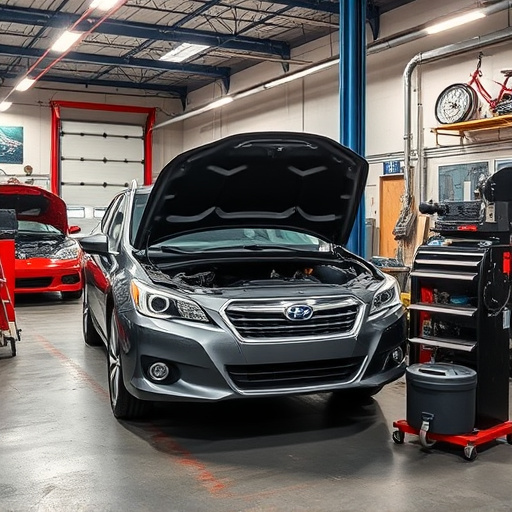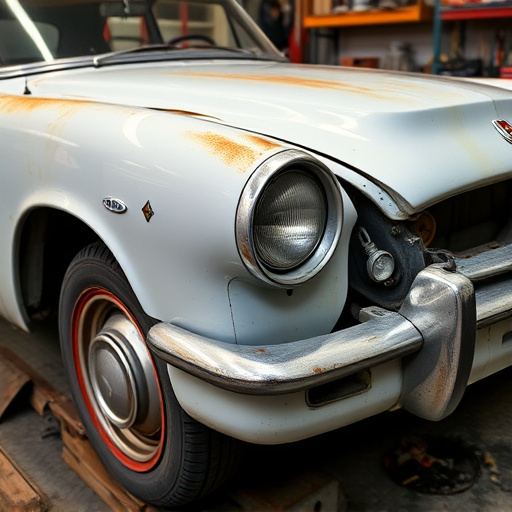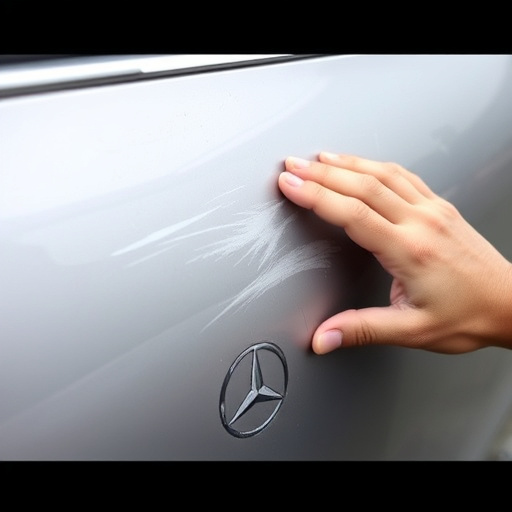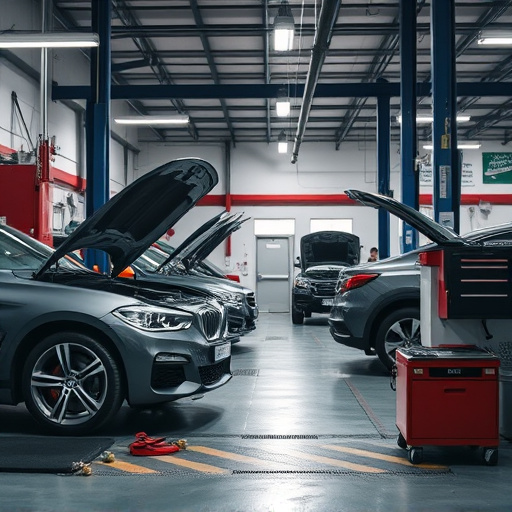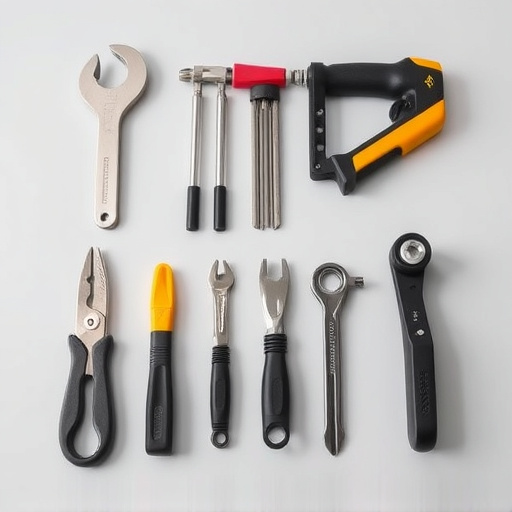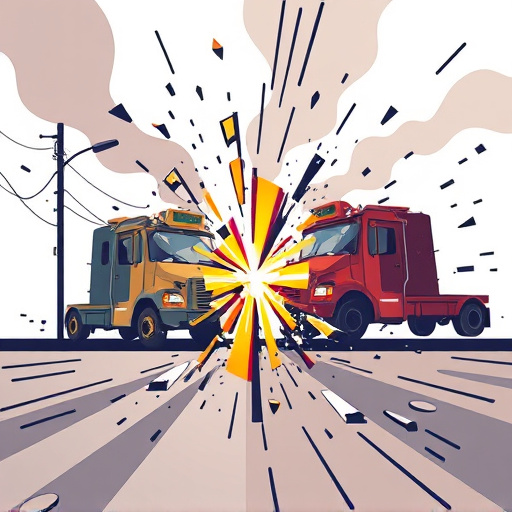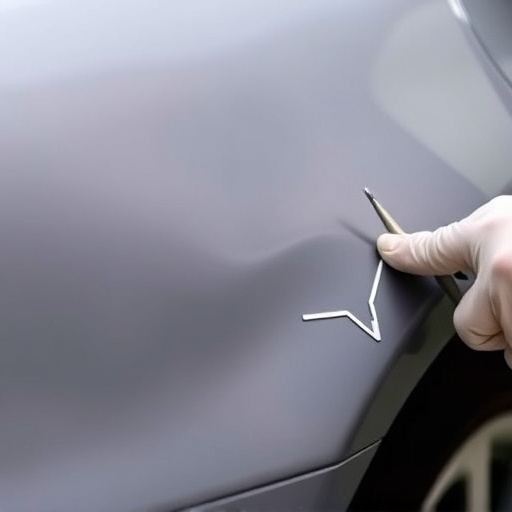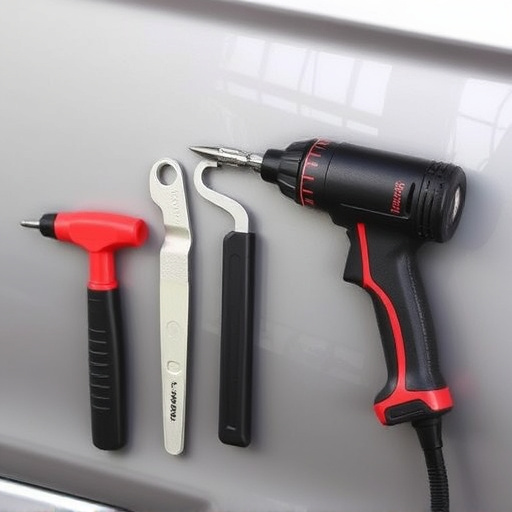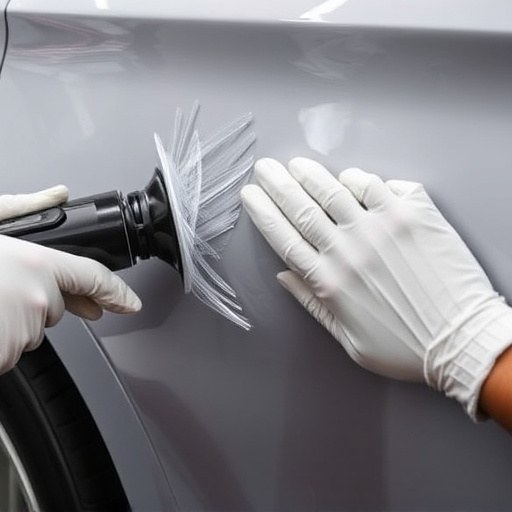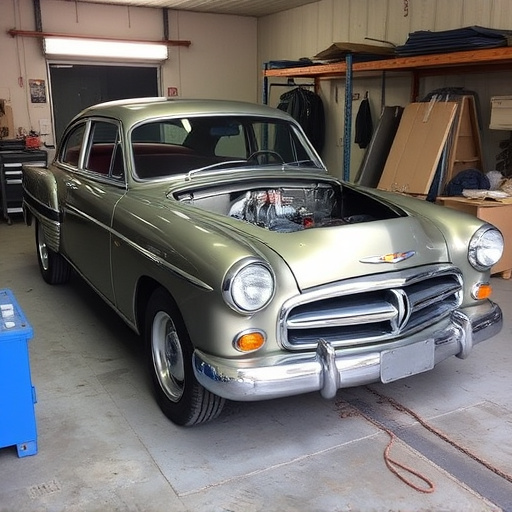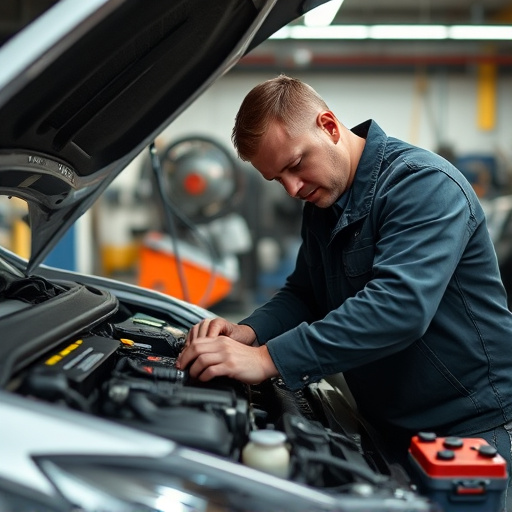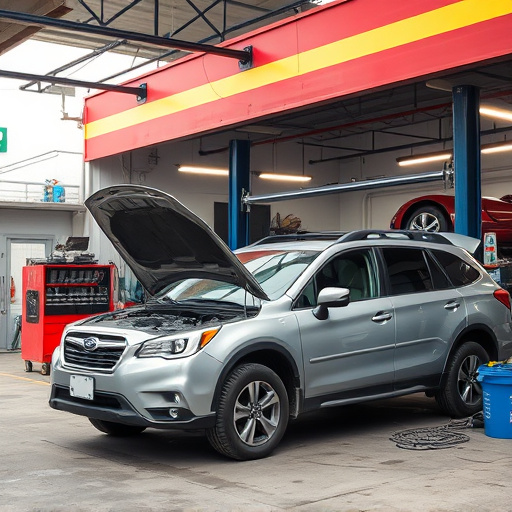Precision collision repair is a specialized art combining advanced technology and deep automotive knowledge. It restores vehicles to pre-incident condition, focusing on structural integrity and aesthetic detail using tools like CAD software, 3D imaging, and robotic systems for exact repairs and flawless finishes. This method enhances safety, reliability, and efficiency, saving businesses time and money.
In the realm of automotive restoration, precision collision repair stands as a game-changer. This intricate process goes beyond mere aesthetics, ensuring vehicles return to their pre-accident condition with unmatched accuracy. By understanding core principles and leveraging advanced technology, technicians achieve exactness in repair. From restoring functionality to maintaining original aesthetics, this comprehensive approach redefines the industry standard. Uncover the secrets behind what truly defines precision collision repair and its impact on modern vehicle restoration.
- Understanding the Core Principles of Precision Repair
- The Role of Technology in Achieving Exactness
- Restoring Functionality and Aesthetics: A Comprehensive Approach
Understanding the Core Principles of Precision Repair
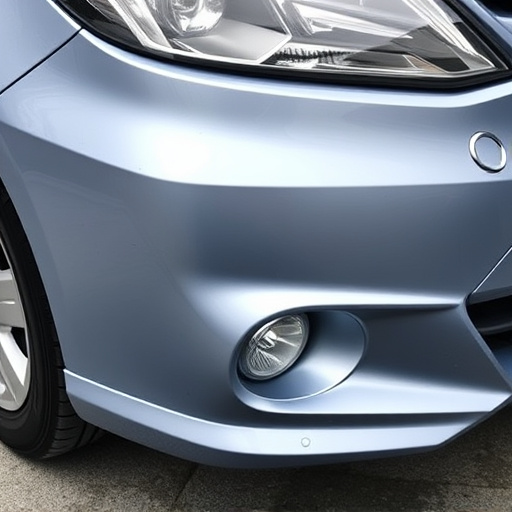
Precision collision repair is not just about fixing cars; it’s an art that demands meticulous attention to detail and a deep understanding of automotive engineering. At its core, this process revolves around several fundamental principles. First and foremost, it involves the use of advanced techniques and specialized tools tailored to specific vehicle makes and models. For instance, Mercedes-Benz collision repair requires precise knowledge of the brand’s unique construction and design elements. This precision extends beyond the visible; it delves into the intricate systems and components that make each vehicle unique.
The essence of a true precision collision repair process lies in restoration rather than mere replacement. Skilled technicians carefully assess damage, disassemble affected areas, and replace or refurbish parts to match the original specifications. This level of detail ensures not just visible repairs but also maintains the structural integrity and overall performance of the vehicle. For fleet repair services, where efficiency meets precision, this approach translates into faster turnaround times without compromising quality, thereby optimizing operational costs and minimizing downtime for businesses.
The Role of Technology in Achieving Exactness
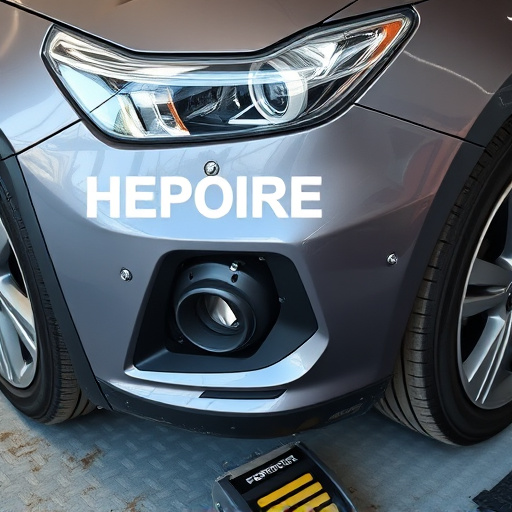
The evolution of technology plays a pivotal role in redefining the standards of precision collision repair. Advanced tools and equipment, such as computer-aided design (CAD) software, 3D imaging, and robotic systems, have transformed how auto painting and car bodywork are executed. These innovations enable technicians to achieve unprecedented levels of exactness, ensuring every panel is perfectly aligned and every detail is meticulously restored.
By leveraging digital technology, collision repair professionals can now access detailed vehicle models and precise factory specifications. This allows for a more accurate replication of the original car’s design, down to the smallest curve and contour. Automated painting systems, for instance, use advanced sensors and robotic arms to apply paint with consistent thickness and precision, resulting in a flawless finish that matches the vehicle’s unique color code precisely.
Restoring Functionality and Aesthetics: A Comprehensive Approach
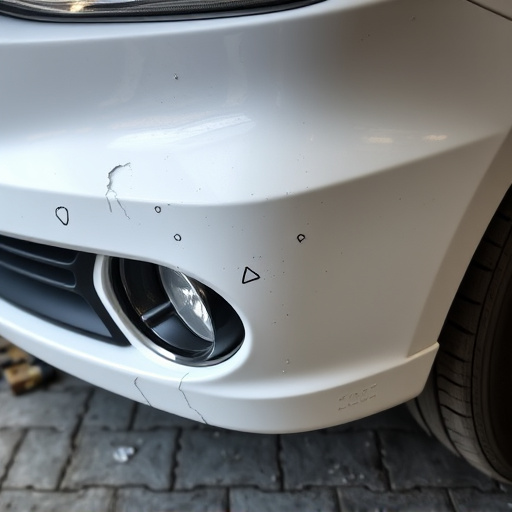
Restoring a vehicle to its pre-incident condition involves more than just fixing visible damage; it’s a comprehensive process that focuses on both functionality and aesthetics. True precision collision repair goes beyond superficial repairs, delving into intricate frame straightening techniques to ensure structural integrity is maintained. Skilled technicians meticulously assess each aspect of the car body repair, using advanced tools and techniques for everything from meticulous car paint services to precise panel replacement. This holistic approach guarantees that not only does the vehicle look as good as new, but it also performs optimally, ensuring safety and reliability on the road.
In conclusion, true precision collision repair goes beyond mere aesthetics; it involves a meticulous blend of core principles, advanced technology, and a comprehensive approach. By understanding these key components, automotive professionals can deliver top-notch services that restore not just the look, but also the functionality of vehicles. This ensures customer satisfaction and maintains the integrity of each vehicle, solidifying the significance of precision collision repair in the automotive industry.
